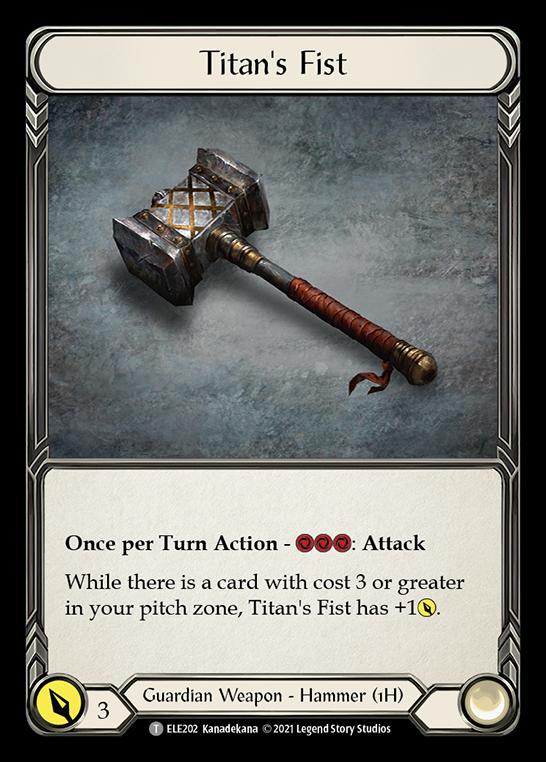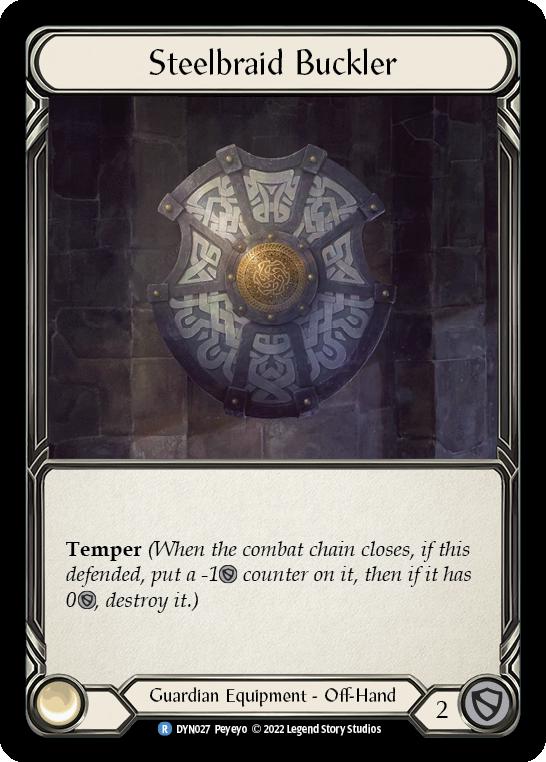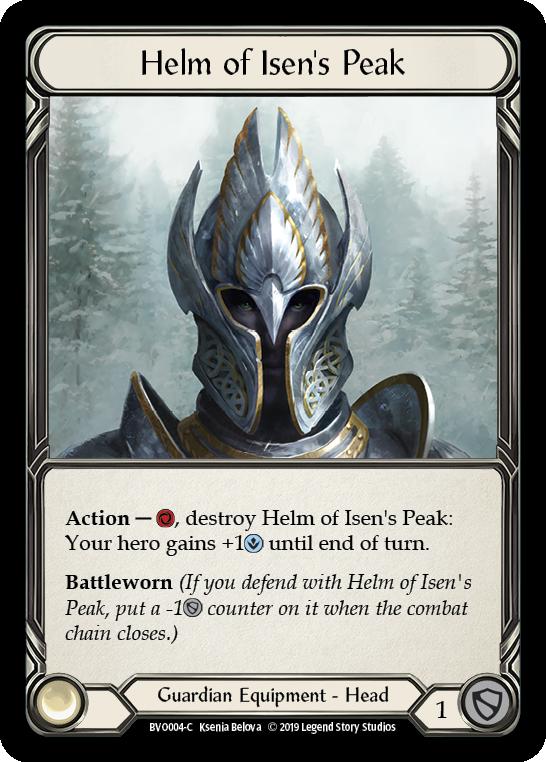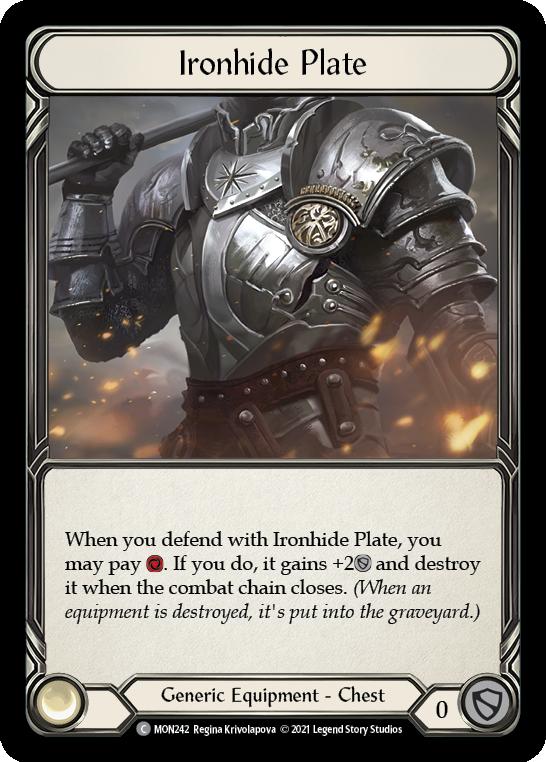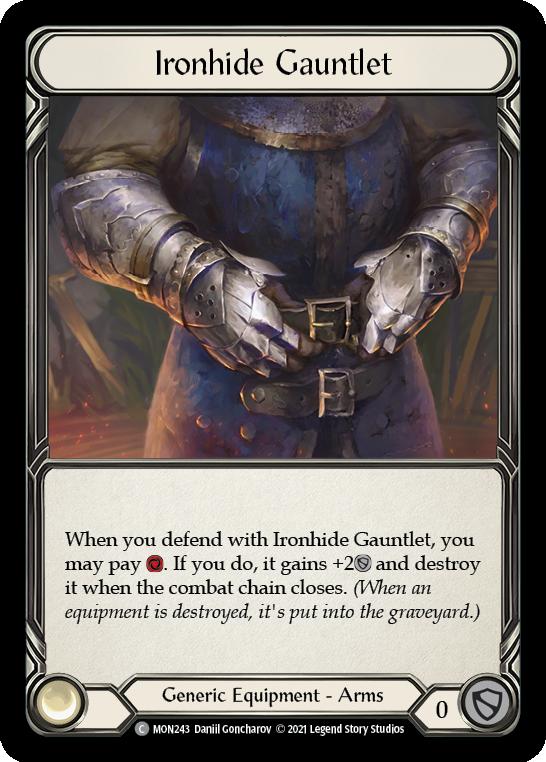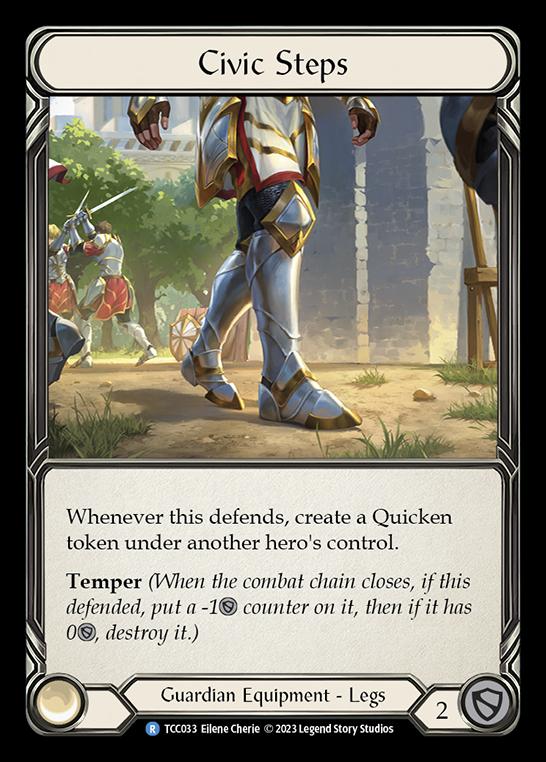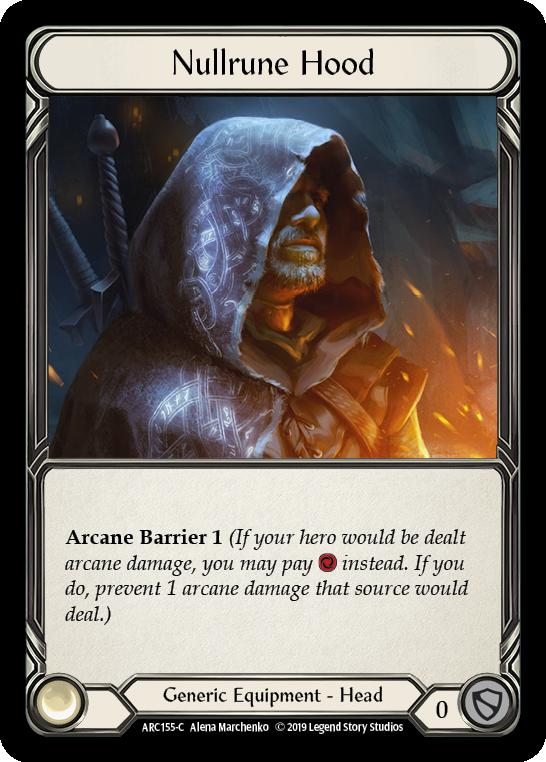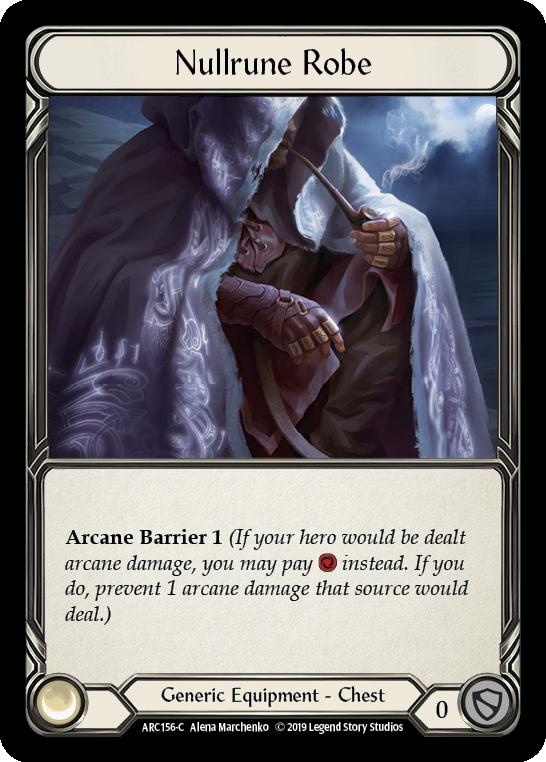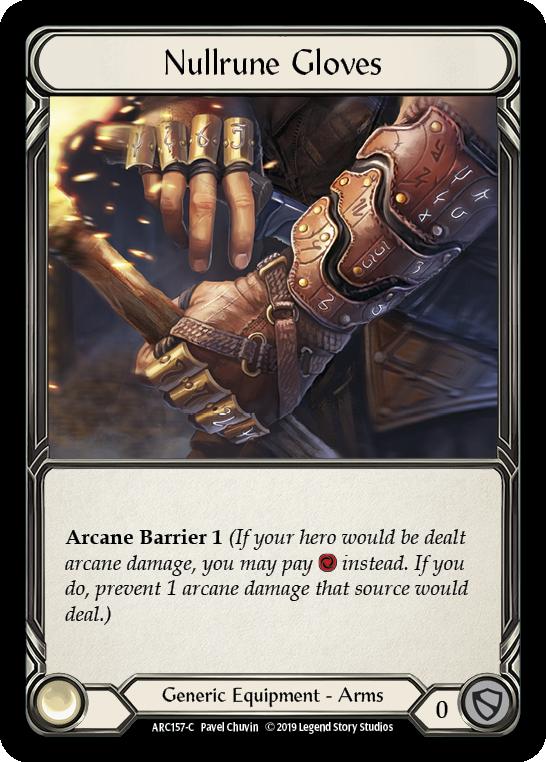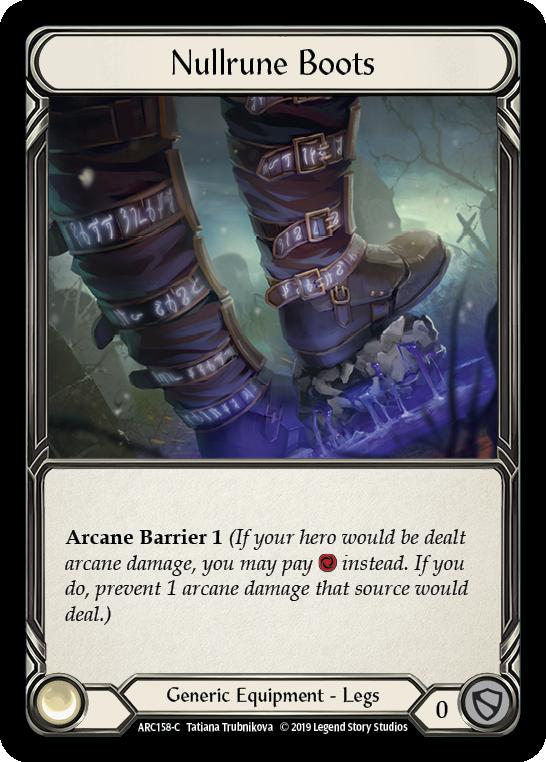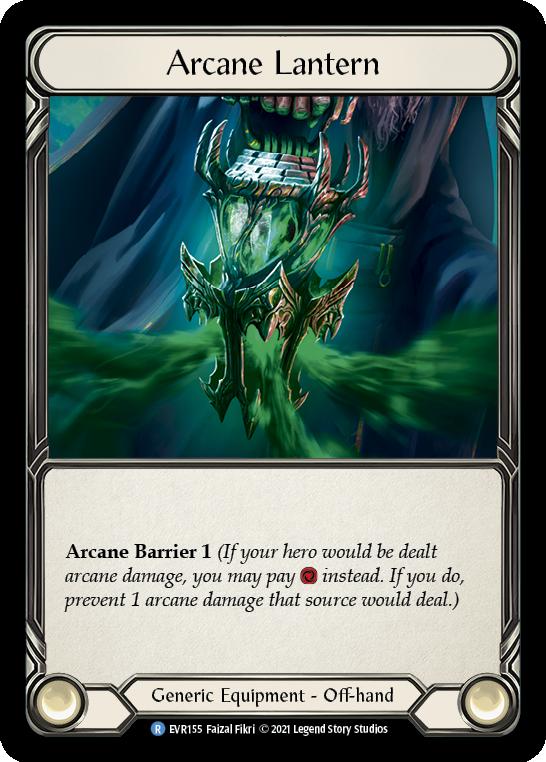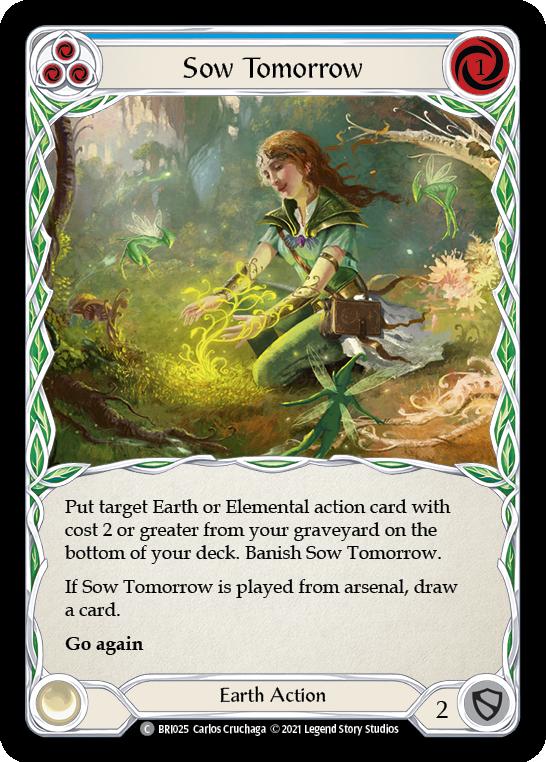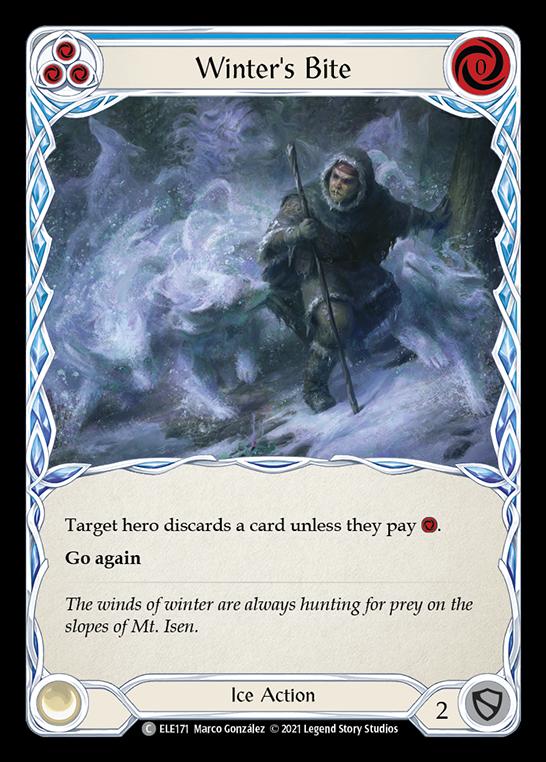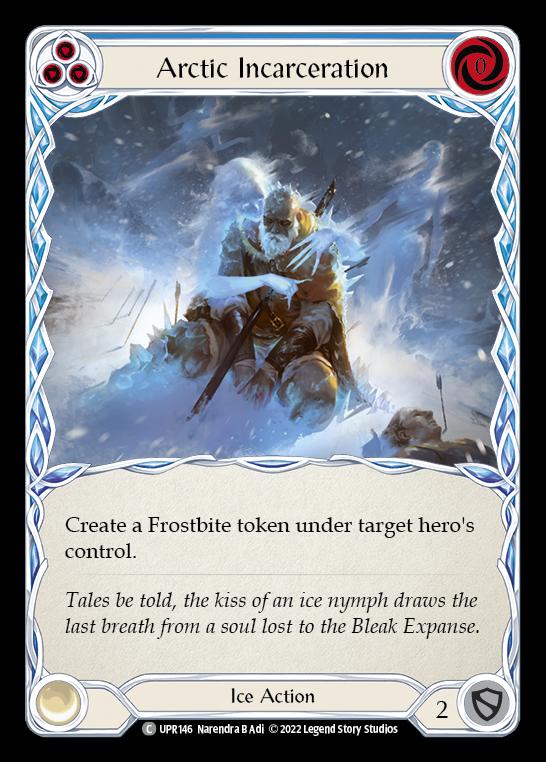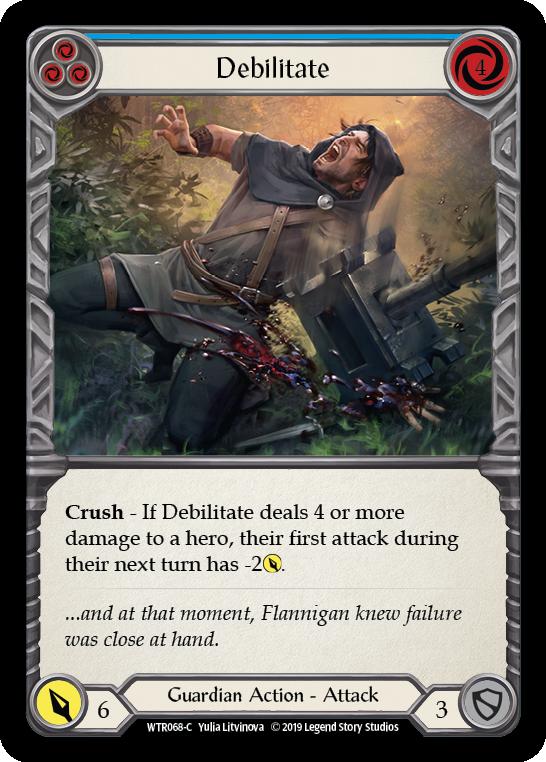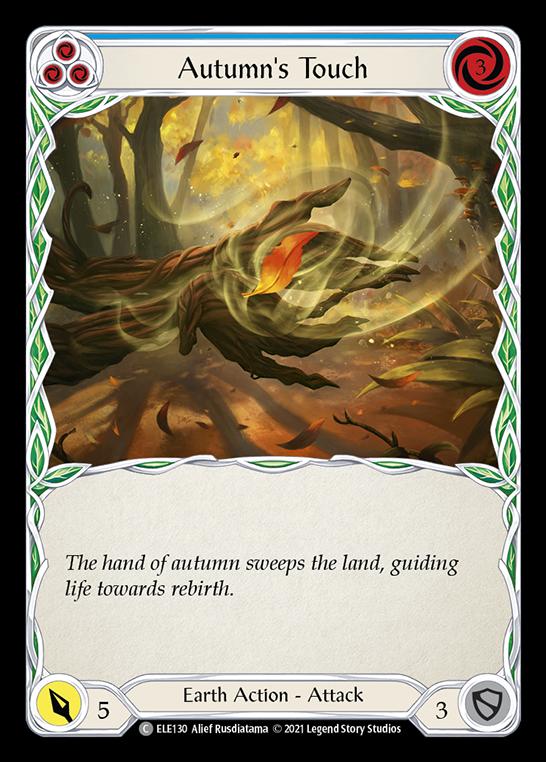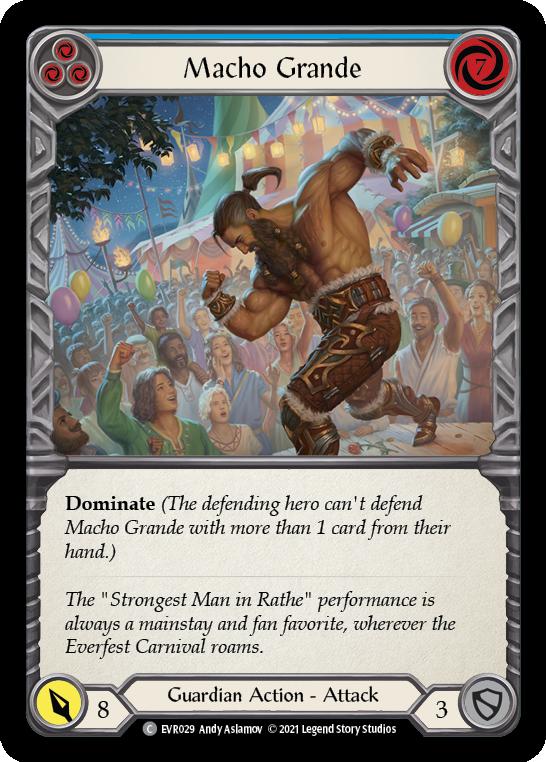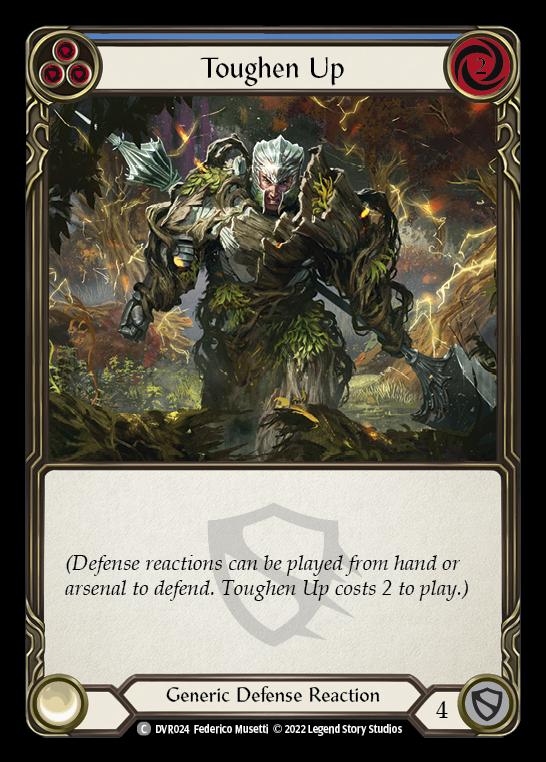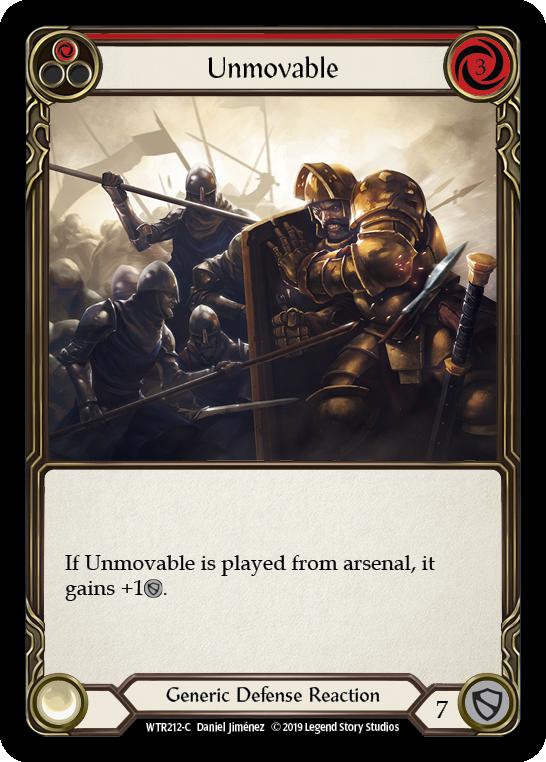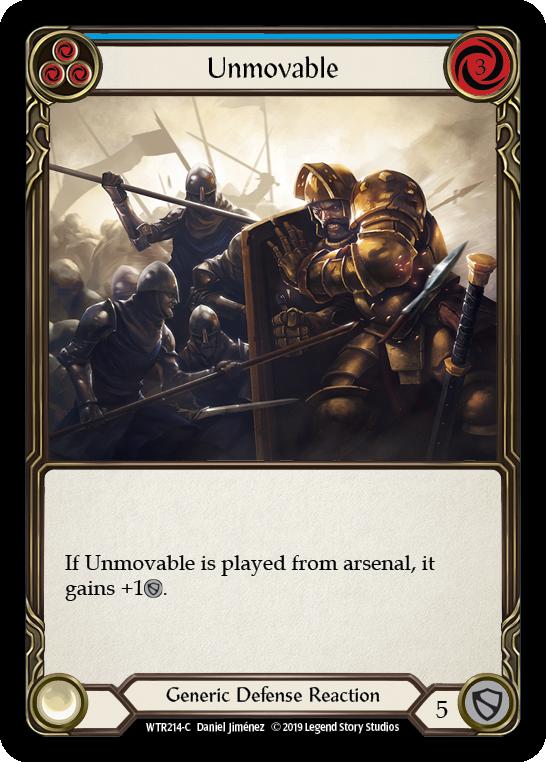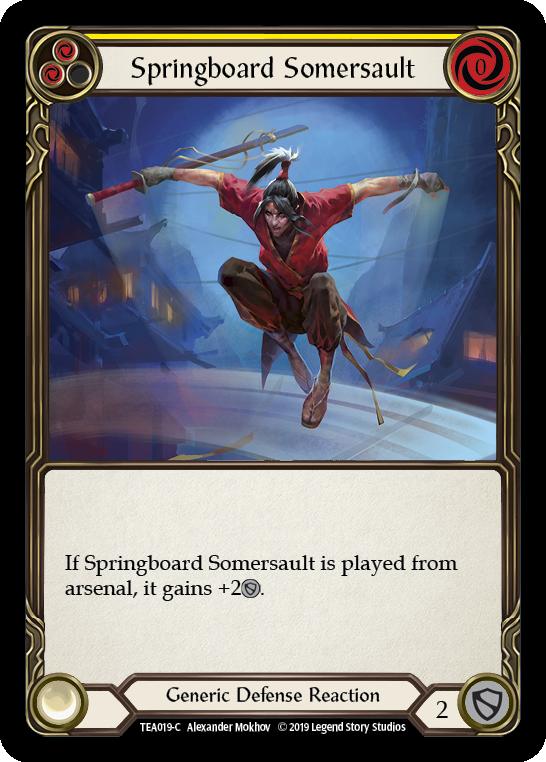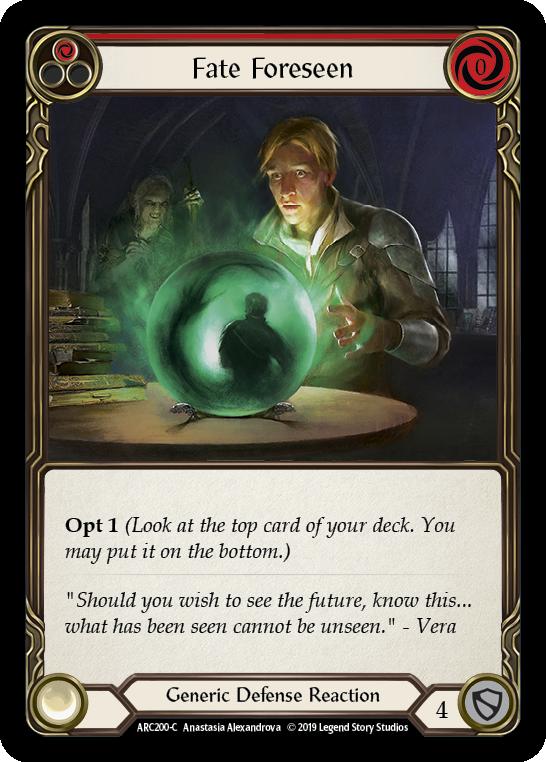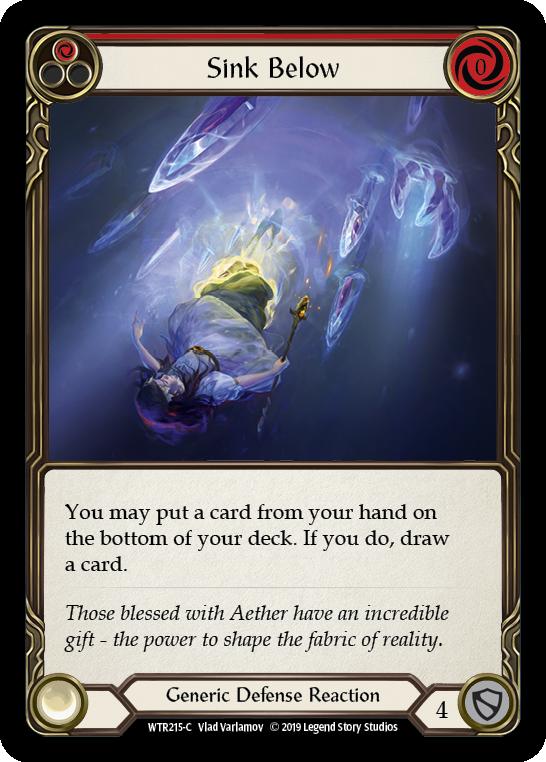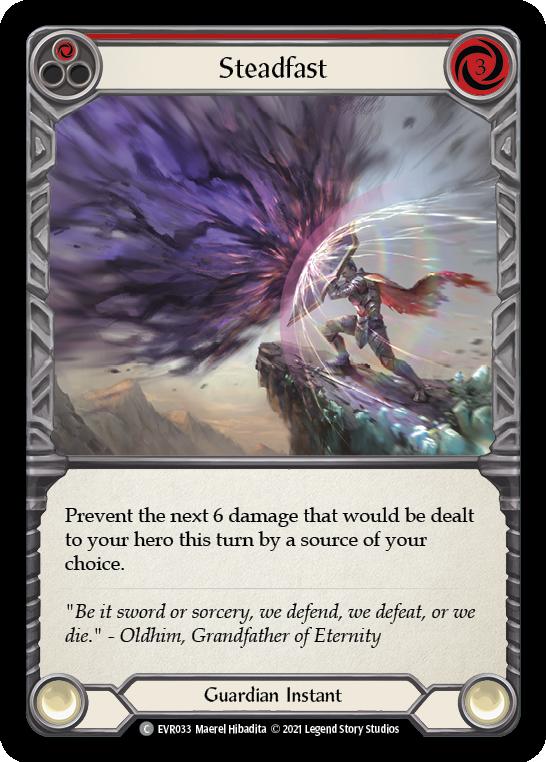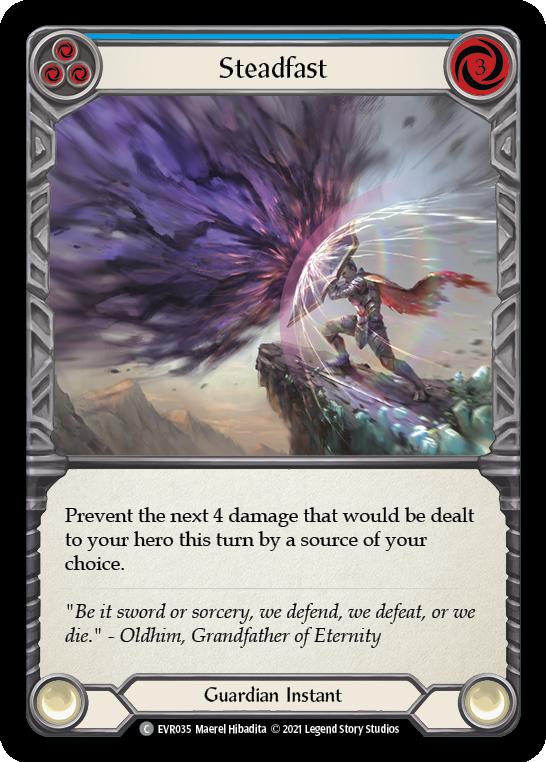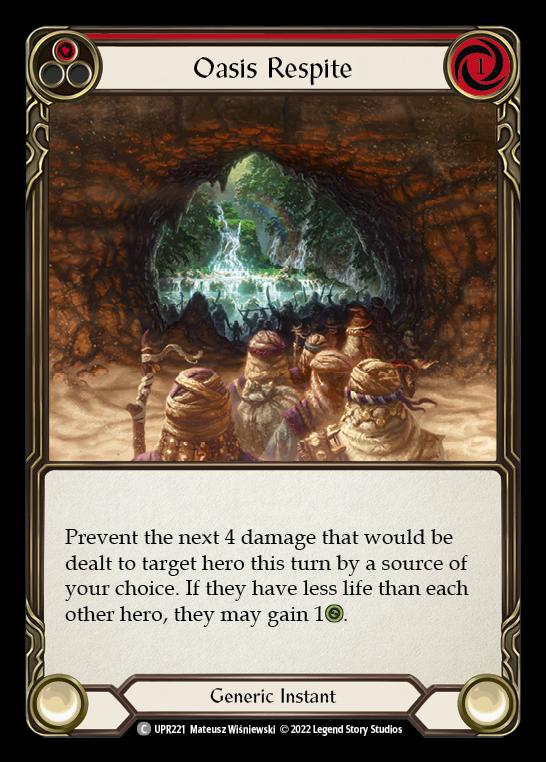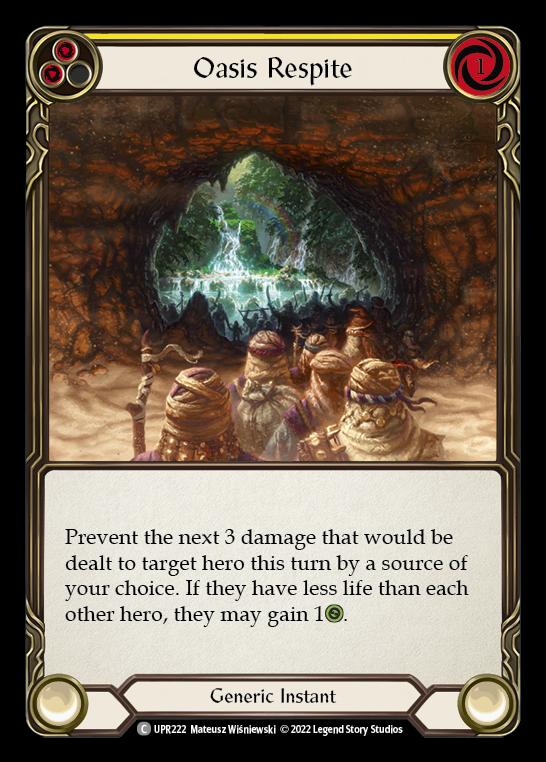Oldhim in Commoner: Part 1 – Introduction to Annihilation
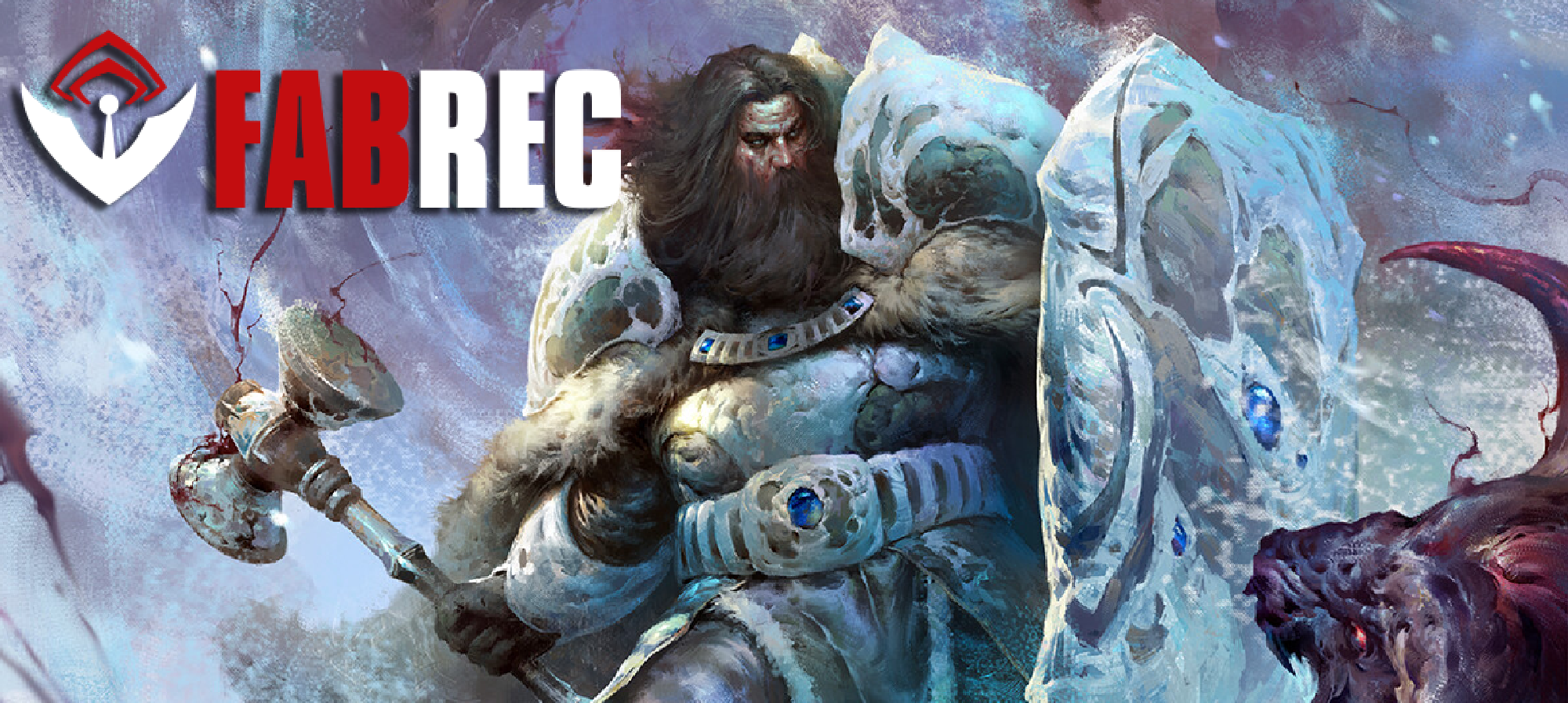
(Oldhim | Art by Alexander Mokhov)
In this first of hopefully many deeper dives into specific decks of the Commoner format, I wanted to focus on the deck that perhaps embodies the extreme opposite of the typical aggression-focused gameplay one might come to expect from Commoner: Oldhim.
Oldhim can certainly be built in different ways. One leverages the power of Elemental attacks and leans more into fusing synergies or perhaps even slanting the deck’s construction towards either Earth or Ice. And the other fully embraces the defensive tools available to him. This article will focus on the latter of those two builds, as this is how I’ve personally built Oldhim and how I play the hero in Commoner.
A word of warning beforehand, to play this deck you will need to play at a reasonably fast pace, as the round timer is a very real factor to this deck’s downsides. Fortunately, the number of actions you’d take during your own turn would be very minimal, oftentimes just pitching to attack with the weapon or stashing a card in arsenal and passing. Most of the time is spent on the opponent’s turn as they figure out the best line of attack. This is not to say that your opponent is responsible for the instances where you unintentionally draw a match, but that a well-practiced Oldhim pilot should be able to proceed through their turns at a good enough pace that going to time will not be a factor.
Game Plan
This build of Oldhim aims to win via the fatigue strategy, grinding the opponent out of resources and eventually wearing down their final cards with weapon attacks. With that said, the equipment suite available to the deck is one of its strongest points, and only looks to get even better with Heavy Hitters on the horizon.
A full set of Nullrune is a real tool this deck can leverage due to the high blue count enabling you to pay for Arcane Barrier 5 in tandem with the Arcane Lantern, which can block out any Iyslander spell and a vast majority of Kano‘s as well. Against physical attackers, Steelbraid Buckler is three points of block spread over two turns that can help against the most recursive and pestilent weapons, and a split of Ironhide and Civic Steps (as well as Helm of Isen’s Peak), allows for 11 points of block in the equipment alone.
Additionally, this build really wants to leverage using Oldhim’s hero power with a single blue, equating an Earth card as a two-block that stays in your deck and an Ice card as a potential 2+ damage mitigated if used against the correct opponent. However, there is the added tension that all but one of the talented cards block for two inherently, so overloading on Earth and Ice cards makes for poor blocking when Oldhim’s ability has a once-per-turn limit. Therefore, I’ve only added three Earth and three Ice cards to the deck at two copies of each, and of these I’d say only two cards of each talent are irreplaceable in terms of use.
With that said, let’s get into the decklist!
Glacier by Daniel Yam
Blues
Naturally, the three-block talented cards of Winter's Grasp and Autumn's Touch were good enough to be banned in other formats and perform double duty of fulfilling Oldhim’s hero ability while also blocking on rate. Following that, Break Ground is a great attack that can cycle away a dead card in the arsenal on occasion and also pitches to pump Titan’s Fist, while Winter's Bite at blue acts as a minor speedbump that takes a card out of the opponent’s hand for their next turn.
I’m currently playing Sow Tomorrow and Arctic Incarceration largely due to personal preference, but I believe that Cold Snap is edging out Incarceration for me as they functionally create a similar game state with better potential upside against heroes like Dash, who may be stashing an Overblast in the arsenal.
Quickly going over the remaining blues in the deck, I used to subscribe to the belief that the fuse effects of Snow Under and Emerging Avalanche were vaguely useful enough relative to the opportunity cost of inclusion, but the reality of a situation where having the three-card hand spare to attack and fuse without having taken a lot of damage the previous turn was simply so rare that it wasn’t worth their space over generic 6+ strength phantasm poppers. To that end, I’ve selected Chokeslam and Debilitate simply due to the fact that they have the best on-hit effects against an aggressive deck on the off-chance I get a swing in with them. Besides that, Macho Grande and Glacial Footsteps offer some dominate in the late game and can provide real closing speed when you’re against the clock.
As for the blue Steadfasts, four damage in general is a good breakpoint that happens enough that I’m happy to include it, as well as catching arcane damage spells, and Unmovable is simply too strong on rate to not play. Toughen Up is a blue that can pitch for Arcane Barrier 3 as well as functioning as a seventh four-block defense reaction that leaves behind a resource off a blue to pay for a piece of Ironhide. And Rally the Rearguard is effectively a five-block against aggressive decks that has some amount of play in the reaction step.
Toughen Up and Rally are the two flex spots currently in the list, but I’d advise in playing blues no matter what you want to play in their stead, whether it be more talent cards or poppers.
Yellows
The yellows are by far the worst cards in the deck in terms of pitch economy and overall awkward numbers in their effects. Springboard Somersault is one of those bizarre Ira Welcome Deck cards from the time before time that probably won’t receive a red printing (although red Bittering Thorns has proven me wrong). It’s Commoner-legal due to the Welcome to Rathe hero starter decks, and as an additional fifth and sixth copies of four-block reactions, it performs extremely well in that role.
The Oasis Respites were a later inclusion to the deck, but the lifegain is severely underrated and is great even when it doesn’t prevent the entire attack it’s used on.
Reds
We have a narrow array of reds; only 10, which is already a lot for this deck’s game plan, but it’s a very necessary suite of cards. Sink Below, Fate Foreseen, and Oasis Respite provide the best on-rate block that can be used within the format, and Unmovable and Steadfast help absorb larger attacks.
While the hands with 2+ reds can be challenging, the amount of rate is simply too much to pass on.
How to Play the Deck
As stated above, the deck’s main win condition is through fatigue and adopting a hard control game plan. This means that there’ll be many times where the correct play during your turn is to simply pass back or arsenal and pass. This is within the scope of the deck’s plan, and using cards on Oldhim’s ability means you aren’t actually committing four cards to block four cards, but oftentimes 2.5 cards to block their four cards, whether it’s through using the Ice effect of Oldhim to end their turn early or the lingering damage prevention of the Earth half.
This deck also wants to go first always, as getting the reaction or instant into the arsenal early and being able to pitch away any extra reds in hand to Titan’s Fist is a great way to cycle cards and also has the incidental upside of forcing cards out of the opponent, progressing towards the fatigue strategy.
Many times, it’s pretty simplistic as to when to use your equipment to block. If the opponent has presented something like Stubby Hammerers, then it’s pretty evident that saving your equipment for their big turn is something to have in mind. Additionally, they can help save your life when you inevitably draw a hand with multiple reds that can’t block efficiently.
There’s also a case to be made for “bluffing” or pitching in a way that suggests Pummel is in the deck when attacking with Titan’s Fist, but in my opinion, these are all wasted efforts to game the opponent when your real challenge is the round timer and ensuring you actually get to conclude the games. Playing briskly and simplifying your decision trees on your turn to “attack with hammer if I have the spare cards to pitch for it, otherwise pass” will save you a lot of mental bandwidth, especially in longer events, and can be the difference between Top 8 and ending the event with six draws.
Final Thoughts
Overall, I believe Oldhim to be a powerful competitor within the Commoner metagame, as it can be tinkered with in a way that can fix any of the expected matchups. However, clock management and playing fast is an extremely important out-of-game element that has to be minded, and is key to you not going to time every single round.
In the follow-up installment to this deep dive, I’ll be going into the various matchups and the main things to watch out for when playing into them.
Further reading:
Common & Conquer Part 4 – The Metagame

